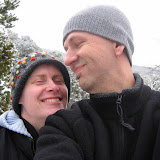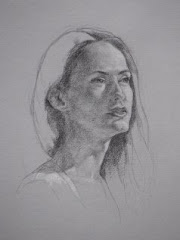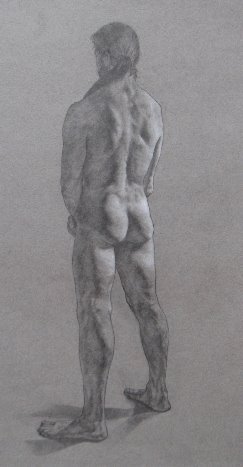No one was with the older woman. No one was comforting her.
I immediately pulled off, parked, grabbed my first-aid bag, (rubber gloves, alcohol wipes, bandages, tape, CPR mask), and ran to the tiny car. The older man was standing about 10 feet from the car, telling the older woman “don’t move, just don’t move!” Her door was open; putting on my gloves, I knelt near her, introduced myself, asked for her name, explained that I’m trained in first-aid and CPR, and I would be happy to stay with her until rescue personnel arrived. The older man yelled, “don’t move her, I didn’t move her and neither should you!” I explained I was not going to move her, but I would help her stay still and check her vitals. The lady, who introduced herself as “Clara”, said “thank you dear, yes, I would like it if you would stay with me”.
“Clara, I want you to stay as still as you can. I can see the airbag probably hit and startled you, and I need for you to hold your head still until the medics come and can protect your neck further. Will you do that for me?” Clara’s eyes got wide and she began to nod; I told her – “Clara, just tell me yes or no; that way we can talk over how you’re doing and I can get a clearer picture of how you are feeling , OK?”
She said yes, and I noticed her right arm had bruises forming from her wrist to past her elbow, she had blood on her face, and she was breathing rapidly. She did not have on a seat belt, but her windshield was not cracked; indicating she may have been wearing her seat belt and may have injuries from both airbag and the seat belt.
“Clara, were you wearing your seat belt?” She replied, “Oh yes; my grandson and I always wear seat belts, I just unhooked it after I stopped my car because I thought I should get out of the car”. “Clara you did everything right; the seat belt probably helped you stay safe, and the airbag probably kept you from hitting the glass of your windshield. Can you breathe OK?” Clara noted, “It hurts a little bit when I try to take a big breath”. I nodded, “well let’s just take small easy breaths together first, OK?”
“Clara, does it hurt anywhere else?” She paused, and looked at her legs, “my legs feel like they hit under the dash, a little stiff, I guess, and it is hard to move my right arm”. I directed Clara to look at me and asked “how about your left arm; does it feel OK?” She looked at her left arm, moved it without difficulty and reached to hold my hand, “yes it feels fine”.
I held her left wrist and explained I would take her pulse and see how her heart was beating, and told her, “Clara, I need your help; I want you to begin thinking about how well your heart can move your blood to help you to heal any areas that are injured, and I want you to picture your healthy blood moving to your legs, the area where it is hard to breathe when you try to take big breaths, to your right arm, and to anywhere else that you notice pain. Will you do that for me while I’m checking your pulse?” She smiled and said, “of course I can help you with that".
I began the conversation trying to match the speed of Clara’s breaths, and during my conversation I was slowing my breaths and noticing that Clara appeared to slow her breaths, too. Her pulse was a little rapid; and I asked her, "can you think about making your heart beat with a slow powerful rhythm to help pump your blood more effectively to those areas we talked about?” She agreed and continued to watch me.
“Clara, is there someone we need to call, or anyone I need to check on who was with you?” At this point Clara seemed to remember her grandson had been in the car. “Michael! My grandson; is he alright?” “I need to call my daughter!" I calmed her and explained, “Clara, I saw Michael get out of your car and walk to the curb, he should be fine; there are others there who are keeping him safe and checking on him”. I called to one of the teenagers standing near Michael, “did he have you call his family?” The teenager indicated she had called Michael’s mom, who would be arriving soon. “Clara, your daughter will be here soon, and Michael is being cared-for; he will feel better knowing that you have already begun healing the areas that have been injured”.
I could hear the sirens of the ambulances and police, and soon paramedics arrived. As the paramedic walked up I was able to let them know Clara’s name and that she had been doing a good job of holding her head still. I reviewed her pulse rate with the paramedic, and that Clara indicated having some breathing difficulties. The paramedic approached Clara as I stepped away, and said, “Clara, my name is Jane and I’m a paramedic, I know this lady has been helping you and now I’m going to continue to help you”.
Clara smiled at me - I waved at her and said a silent prayer as I walked away.
"The Worst Is Over"
Read it and consider helping more when help is needed.
















